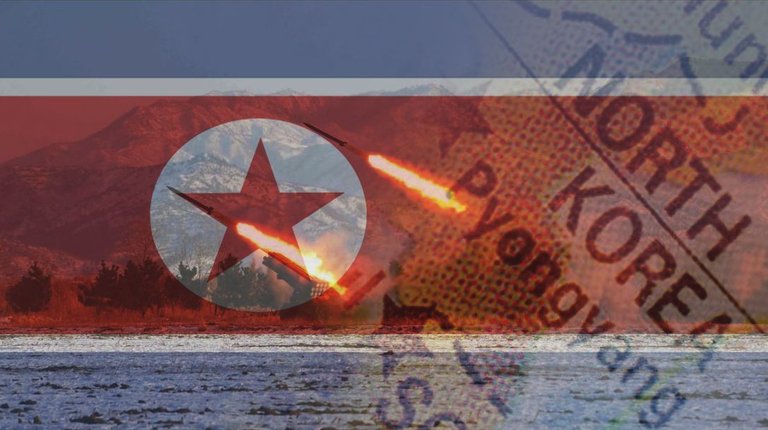
On July 28th, news stations around the world reported about a yet another North Korean intercontinental ballistic missile test but this time something was different. At this point, it is evident that the regime is reaching a capability that allows it to build weaponry that could potentially reach cities in North America and Western Europe. No longer can we expect the North Korean government to hang their heads in shame after another failed test but instead it was clear to the military analysts around the world that the regime is on a trajectory that will eventually allow it to develop an intercontinental missile capable of carrying a sizeable nuclear load across the Pacific whilst successfully exiting entering the atmosphere at a precise angle that allows it to deliver the warhead to its ultimate target.
Before buying into the fear-mongering currently spread around the Western media we should, however, acknowledge that few obstacles still remain before North Korean government can be confident in its capability to project its military prowess regionally and across the Pacific with indigenous state-of-the-art military technology.
First, contemporary tests have predominantly tested a vertical launch that only allows the missile to reach a high altitude before quickly falling back to the stratosphere. Firing an intercontinental missile requires a capability to launch a missile in a tighter angle that allows the warhead to travel for great distances. The North Korean government has yet to experiment such as a test and firing a missile at a tight angle results in missile returning to the atmosphere far away from the launch point such as in the region near Hawaii. Certainly the U.S. will not look the other way if North Korean test missiles drop to the ocean near its territories, and thus North Korean regime has to be certain about its capability to fire an actual missile successfully before even beginning the test. Furthermore, developing a missile capable of exiting and entering the atmosphere at precise angles is a substantially more difficult task when the missile is launched at a tight angle as opposed to vertical launch. Managing the heat that is generated around the missile when the it re-enters the atmosphere in that scenario is an another challenge that still remains unsolved in the North Korean camp.
Secondly, the lack of North Korean presence in space and the non-existent satellite-based infrastructure mean that the regime is unable to track the movement of the missile soon it exits the nation’s territory and escapes beyond the horizon. Therefore, the successful operation of intercontinental ballistic missiles remains an overwhelming challenge for the regime, and currently it only can project its power and spread fear by firing vertical test missiles that do not fully represent actual operational intercontinental missile.
Consequently, despite the surprising level of sophistication behind North Korean weaponry, actual capability to destroy targets on the North American continent seems like an impossible task with contemporary North Korean infrastructure. Nevertheless, as the Trump administration is becoming increasingly frustrated with the regime’s lack of respect for international legal order, the tensions stay high and the continuous support by both China and Russia mean that the Asia-Pacific remains a concern for academics, diplomats and politicians alike for years to come. Therefore, we can expect the relations to continue on as deeply strained, or even worsen in the near future, despite North Korea being actually unable to execute an attack on U.S soil or against its Western allies. North Korea as of this moment is not a threat to the U.S., but the weakening security climate in the Asia-Pacific might provide us a reason to worry.
The role of the mainstream media will be another crucial factor in this development, and sadly we cannot expect the journalists to do their job and provide the general public with appropriate and non-biased picture of this affair that is heating up the political world in the West and beyond. Instead the media will provide us a filtered view of global affairs, and the journalists will likely continue to ignore every chance they get to promote rapprochement between the West and Sino-Russian bloc that is quickly emerging in Eurasia.
The writer is a political risk analyst and new member to the STEEM community. I hope to create short and critical content related to issues in modern media, geopolitics, international security, international economics and technology on a regular basis. All content will be available for use and distribution to everyone without a need for permission.
Well said
Thanks! All feedback is appreciated.